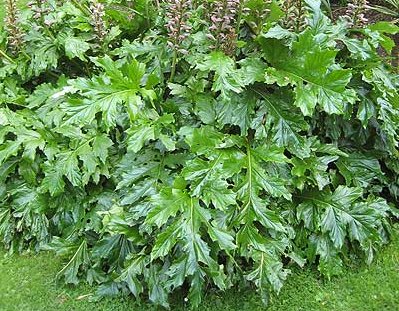The Benedictional of St. Aethelwold is an illuminated
manuscript created in Winchester around 970.
Anglo-Saxon art is generally regarded as rather peripheral to the
main thrust of the development of medieval art. In some ways this is
understandable - there isn't a great deal of it left. But works
such as this demonstrate the quality - and uniqueness - of what was
created in England before the arrival of the Normans.
The manuscript contains 28 full page illuminations;
originally there were probably 15 more. Other pages have decorative
borders and historiated initials.
What is a benedictional?
It is a book of blessings or benedictions used at the
mass on specific feast days in the liturgical calendar. Books of
complete liturgical texts for the celebrant of the Mass,
sacramentaries, contained these blessings and these were the source for
benedictionals. Compared with other liturgical texts benedictionals are
relatively uncommon.
Who was Aethelwold?
He was the Bishop of Winchester from 963 to 984. He was a
true Wintonian, being born in Winchester some time in the first decade
of the tenth century. Before his bishopric he studied at
Glastonbury Abbey and was made Abbott of the monastery at Abingdon. He
is noted for his revitalisation of the Benedictine rule in England. He
had the ear of the then king, Edgar, which enabled him to introduce
sweeping reforms; in particular he replaced secular clerics whom he
regarded as impure with Benedictine ones. He was clearly not a
gentle soul, or a man to be trifled with: not long after he had been
consecrated bishop of Winchester he organised, via King Edgar, a military
confrontation at the Old and New Minster at Winchester, removing the
existing clergy and replacing them with Monks rather more to his liking
from Abingdon.
It is a matter of some debate why a man with a belief in
austerity and the harsh monastic rule should have commissioned
such a lavish item as his benedictional.
Unique features
The content of the book would pinpoint its origin even if this
was not well known: It includes blessings for the feast days of English
saints, St Aetheldreda (or Aethelthryth)
of Ely and, importantly, Winchester's own saint St. Swithin,
who rather unfairly gets the blame for rotten summer weather here in
Winchester.
At that time there were two forms of the Liturgy, the standard
Gregorian and the Gallican rite, used, as its name suggests, in Norman
France. This benedictional provided a synthesis, offering both versions
for the major feasts.
History of the
Benedictional
Unlike most early manuscripts, this is an easy one as the story
of its commission is included in it.
'A bishop, the great Aethelwold, whom the Lord had made patron
of Winchester, ordered a certain monk subject to him to write the
present book... He commanded also to be made in this book many frames
well adorned and filled with various figures decorated with many
beautiful colours and with gold... Let all who look upon this book pray
always that after the term of the flesh I may abide in heaven –
Godeman the scribe, as a suppliant, earnestly asks this.'
Whether Godeman the scribe was also the artist is not
known. It has been suggested that he was Aethelwold's chaplain.
Manuscript illumination in Winchester
The 'Winchester style' from the tenth century onwards was noted
for its decorative exuberance. It was based on Carolingian models
but went much further, especially in the use of foliage as decoration
- the so called acanthus leaves. The motif was familiar in Anglo-Saxon
England, though not drawn from life - there was no acanthus in
Winchester then. (There is now - it's a popular garden plant locally).
|
Acanthus
as decoration
Acanthus is a Mediterranean plant noted for its
spiky, deep cut foliage. It has been used as decoration from early
times, in, for example, the capitals of Corinthian columns.
Its Christian usage went far beyond simple decoration. The
luxuriant foliage reflected the theology of the Incarnation and the
Passion that saw these events as a second creation, a spiritual
rebirth. |




